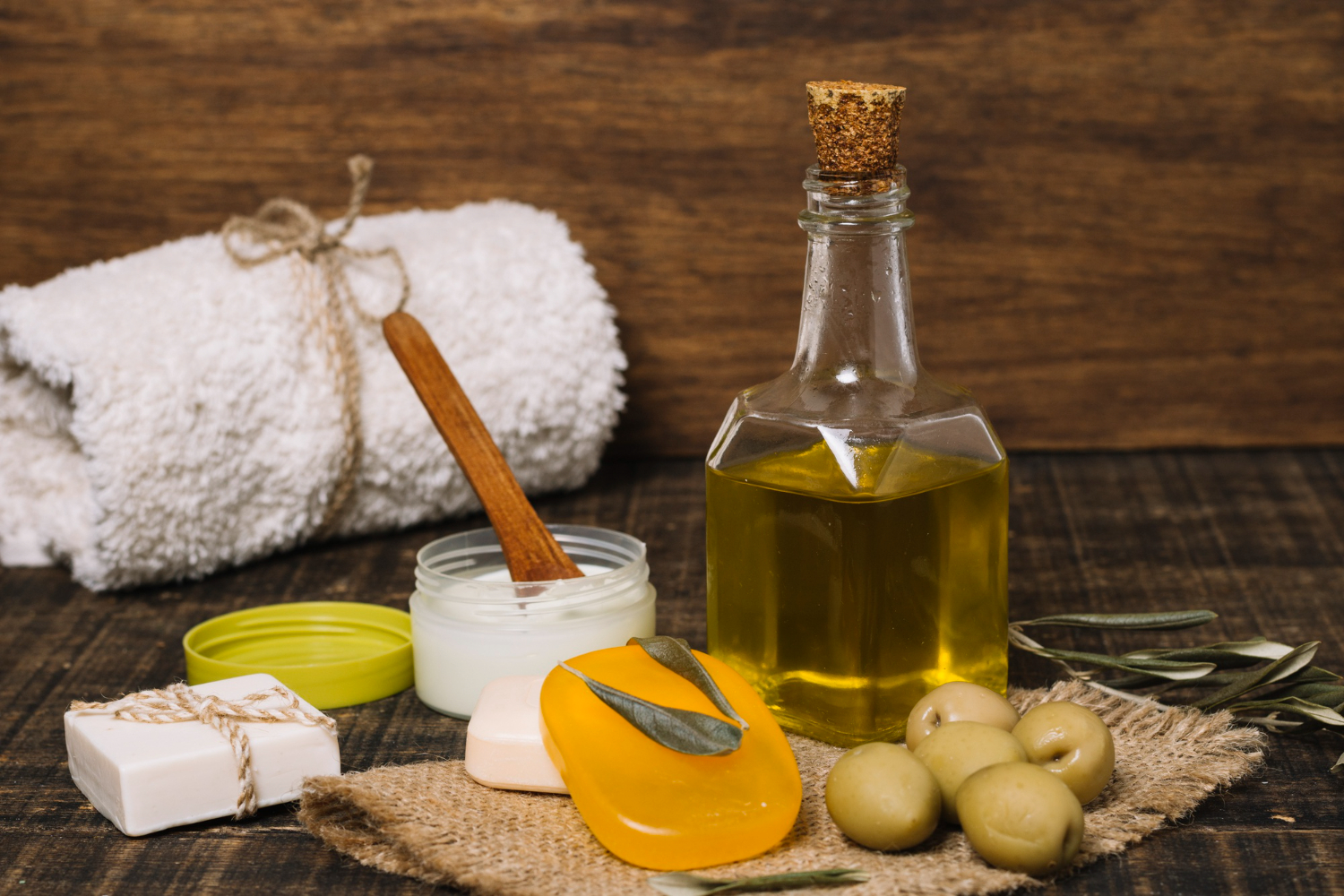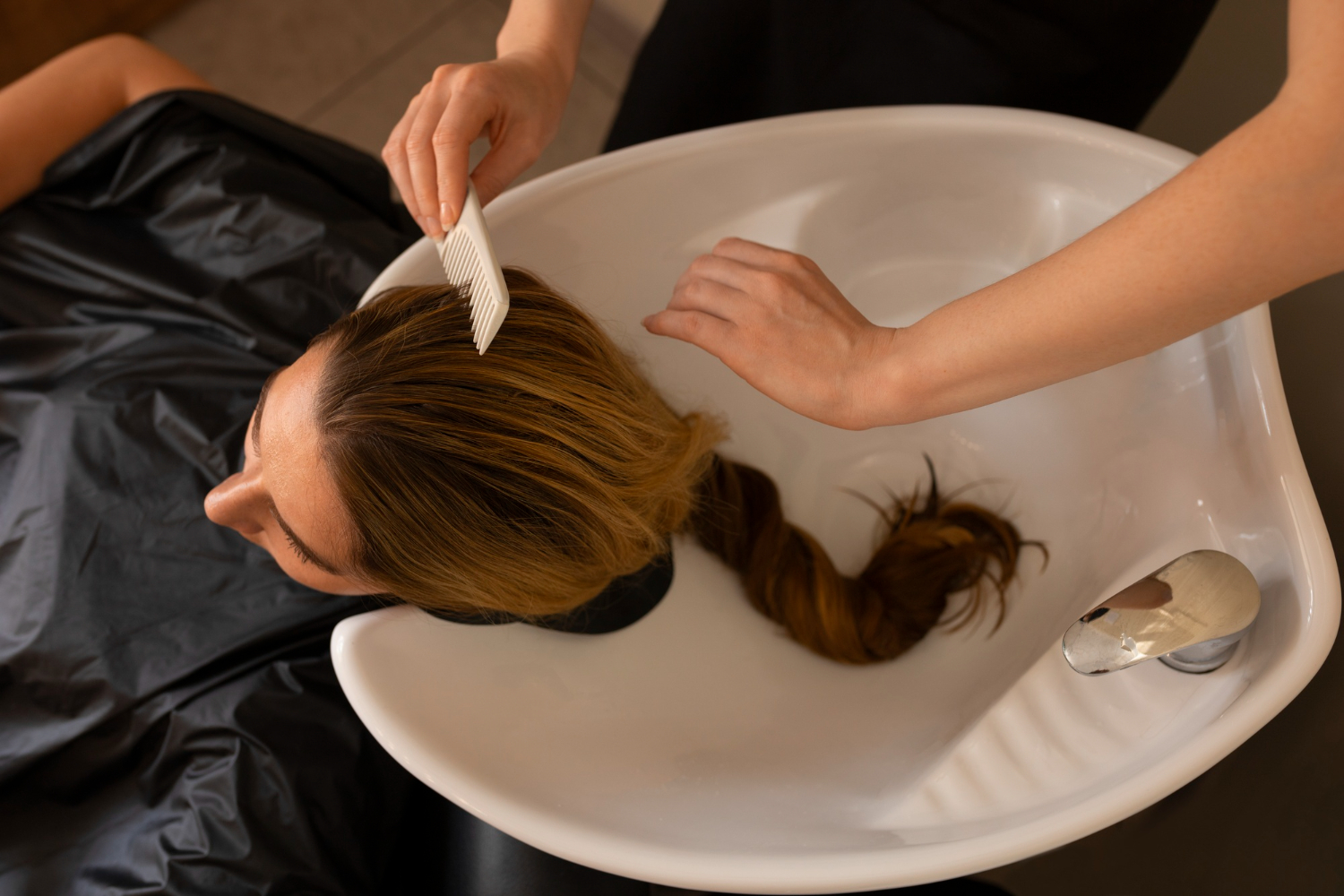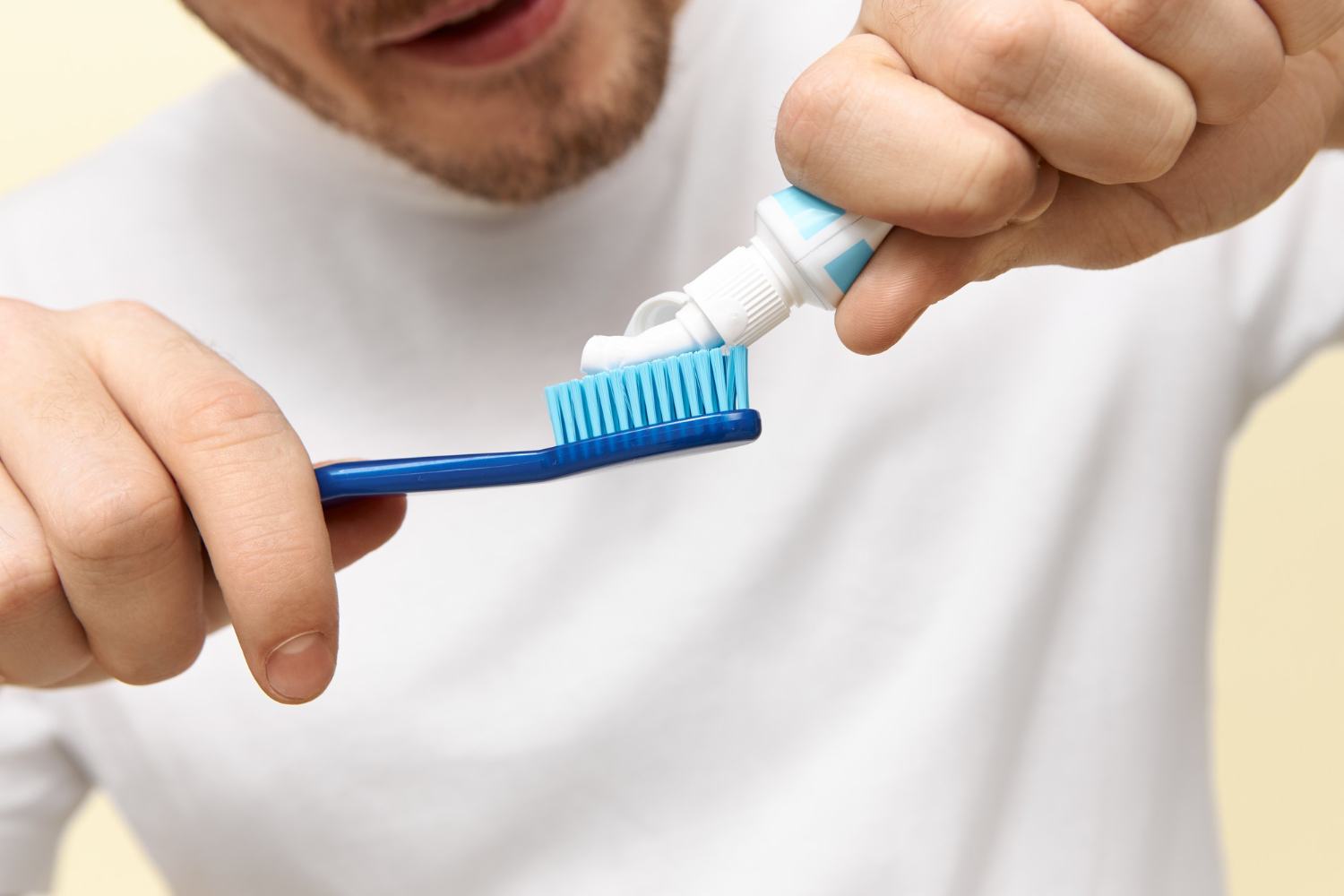Introduction
How to get vegetable oil out of clothes? We’ve all been there – you’re preparing a delicious meal, and suddenly, a splash of vegetable oil finds its way onto your clothing. It’s a common kitchen mishap, but fear not! In this extensive guide, we will delve deeply into the art of effectively how to get vegetable oil out of clothes. Whether it’s a minor splatter or a major spill, we’ve got you covered with a wealth of information and tips.
Understanding Vegetable Oil Stains
Before we dive into the stain removal process, it’s crucial to understand the nature of vegetable oil stains. These stains can be exceptionally stubborn due to their greasy composition. Let’s explore this in more detail:
Why Are Vegetable Oil Stains Challenging?
The challenge lies in the fatty composition of vegetable oil. This characteristic allows it to easily penetrate fabric fibers, making these stains notoriously difficult to eliminate. Furthermore, the longer you wait to address the issue, the more ingrained the stain becomes, making it essential to act promptly.
Pre-Treatment Methods
How to get vegetable oil out of clothes: To kickstart the stain removal process, it’s imperative to explore pre-treatment methods that not only facilitate the overall procedure but also prevent the stain from setting.
Act Quickly
Promptness is the key to successful stain removal. The longer the oil lingers on your clothing, the more formidable the stain becomes. Act swiftly to increase your chances of complete removal.
Blot, Don’t Rub
When dealing with a fresh oil stain, resist the urge to rub it. Instead, use a clean cloth or paper towel to gently blot the stain. Rubbing may spread the oil and exacerbate the situation, making it crucial to blot gently.
Apply Talcum Powder
One highly effective pre-treatment method is to generously sprinkle talcum powder over the stained area. Talcum powder acts as an absorbent, drawing excess oil from the fabric. Leave it on for approximately 15-30 minutes to allow it to work its magic in absorbing the oil.
Scrape Off Excess
After the talcum powder has absorbed the oil, gently scrape it off using a butter knife or a spoon. Be cautious not to press the oil further into the fabric, as gentle scraping is key.
Washing and Treating
With the pre-treatment completed, it’s time to proceed with washing and treating your clothing to eliminate the vegetable oil stain.
Choosing the Right Detergent
Selecting the correct detergent is of utmost importance. Opt for a high-quality laundry detergent, preferably one specifically designed to combat grease and oil stains. The right detergent can make a significant difference in the stain removal process.
Test in an Inconspicuous Area
Before applying any treatment to the stain, it’s a wise precaution to conduct a patch test in an inconspicuous area of the fabric. This step ensures that the treatment won’t cause color fading or any other damage to your clothing.
Hot Water vs. Cold Water
The water temperature you choose is contingent upon the fabric of your clothing. For cotton and sturdier fabrics, opt for hot water. However, when dealing with delicate fabrics, always use cold water to prevent damage.
Apply Dish Soap
Apply a tiny amount of dish soap directly to the stained area to treat the stain efficiently. After gently massaging the soap into the stain to produce a lather, let it sit for five to ten minutes. One of the best-known uses of dish soap is its ability to dissolve fats and oils.
Machine Wash
After the dish soap treatment, launder your clothing as you normally would, following the care label instructions. It’s essential to ensure the stain is entirely gone before you proceed to dry the garment. The machine wash plays a crucial role in thoroughly cleaning the fabric.
Alternative Methods
In cases where the stubborn stain persists despite your initial efforts, there are alternative methods to consider.
Baking Soda and Vinegar
For a natural and highly effective solution, create a paste by mixing baking soda and vinegar. Gently rub this paste onto the stain and allow it to sit for a brief period, typically 10-15 minutes. Subsequently, wash the clothing as usual. This method can be particularly useful for tougher and more resilient stains.
Commercial Stain Removers
When all else fails, or you’re dealing with an exceptionally stubborn stain, commercial stain removers designed specifically to combat oil and grease stains may be the solution. It’s imperative to carefully follow the product’s instructions to maximize its effectiveness.
Additional Tips for Specific Fabrics
How to get vegetable oil out of clothes: The type of fabric plays a crucial role in the stain removal process. Let’s explore some additional tips tailored to specific fabric types.
Cotton
Cotton is a robust fabric, making it more forgiving when dealing with oil stains. However, it’s still essential to act swiftly and follow the necessary steps for effective removal.
Silk
Silk, on the other hand, is a delicate fabric that requires a gentle touch. For silk garments, use cold water, and avoid any harsh rubbing or scrubbing.
Synthetic Fabrics
Synthetic fabrics like polyester or nylon can be somewhat tricky to deal with. They can trap oil, making it necessary to treat them diligently.
Wool
Wool fabrics are known for their absorbent nature. Treat wool gently, avoiding hot water, and opt for mild detergents.
Prevention is the Best Strategy
A pound of cure is not worth an ounce of prevention. Taking precautions to avoid vegetable oil stains in the first place is always a good idea. Here are a few methods of prevention:
Aprons
Wearing an apron while cooking can be a simple yet effective way to protect your clothing from oil splatters.
Cooking Techniques
Adjusting your cooking techniques to minimize oil splatters can go a long way. Be mindful of the heat and oil quantity when frying or sautéing.
Pros and Cons of Stain Removal Methods
Now, let’s weigh the pros and cons of the various stain removal methods discussed in this guide.
Pros of Talcum Powder
- Highly effective in absorbing excess oil.
- Easily available and affordable.
- Minimal risk of damaging fabrics.
Cons of Talcum Powder
- May not work as effectively on older or set-in stains.
Pros of Dish Soap
- Effectively breaks down oil and grease.
- Readily available in most households.
- Safe for various fabric types.
Cons of Dish Soap
- Requires a waiting period for effectiveness.
Pros of Baking Soda and Vinegar
- A natural and eco-friendly option.
- Effective on stubborn stains.
- Safe for most fabrics.
Cons of Baking Soda and Vinegar
- May not work as quickly as other methods.
Pros of Commercial Stain Removers
- Specially formulated for oil and grease stains.
- Quick and efficient stain removal.
- Ideal for tough, set-in stains.
Cons of Commercial Stain Removers
- Costlier than household items.
- May contain chemicals that could be harsh on certain fabrics.
Tips and Tricks for How To Get Vegetable Oil Out of Clothes
Here are some additional tips and tricks to enhance your stain-removal process:
Immediate Action
- Act quickly to address fresh oil stains.
- Keep a stain removal kit handy in your laundry area.
Check Fabric Care Labels
- Always follow the care label instructions on your clothing for the best results.
Sunlight
- Sunlight can naturally bleach and remove stains. Hang your clothing in the sun after treatment.
Avoid Heat
- Refrain from using hot water or heat sources like dryers until the stain is completely removed.
Patience
- Stubborn stains may require repeated treatments. Be patient and persistent.
Conclusion
In this comprehensive guide, we’ve equipped you with a plethora of knowledge and techniques to effectively remove vegetable oil stains from your clothing. Remember to act promptly, choose the right products, and adhere to the appropriate methods depending on your fabric type. With these expert tips, preventive measures, pros and cons, and additional tips and tricks, your clothing can remain stain-free even in the messiest of cooking situations.
Frequently Asked Questions
Q: Can I use any detergent to remove vegetable oil stains?
A: While any detergent can work to some extent, using one specifically designed for grease and oil stains is more effective. These specialized detergents are formulated to break down the oil effectively.
Q: Is it safe to use hot water on all fabrics?
A: No, it’s essential to exercise caution with water temperature. Hot water is suitable for cotton and sturdy fabrics, as it helps dissolve the oil. However, for delicate fabrics, it’s advisable to use cold water to prevent damage or shrinkage.
Q: How long should I let the dish soap sit on the stain?
A: Allow the dish soap to sit on the stain for 5-10 minutes. This brief period is sufficient for the soap to work on breaking down the oil, making the stain easier to remove.
Q: Can I use the baking soda and vinegar method on all fabrics?
A: Yes, most textiles may safely be treated with the baking soda and vinegar procedure. To make sure there won’t be any negative effects, it’s a good idea to do a patch test first in a discrete area before applying it to the stained area.
Q: When should I seek professional help for stubborn stains?
A: If, despite your best efforts, the stain remains obstinate, it may be time to consider professional dry cleaning services. Experienced professionals have the expertise and specialized cleaning agents to tackle even the most persistent stains.
Read Additional Content: How to Get Mud Stains Out of Clothes



